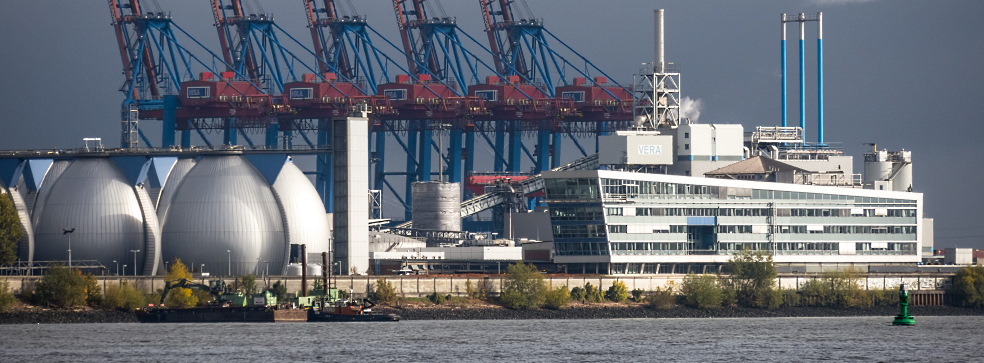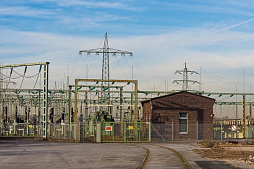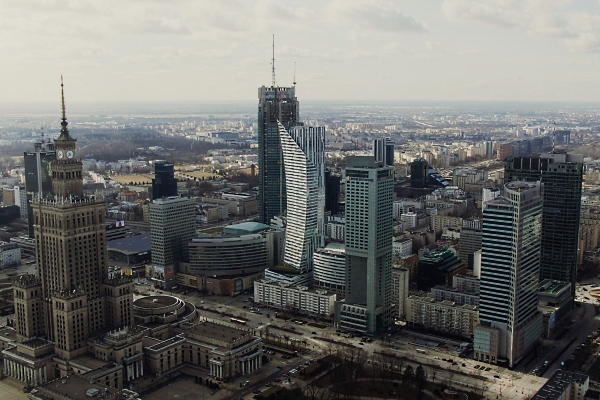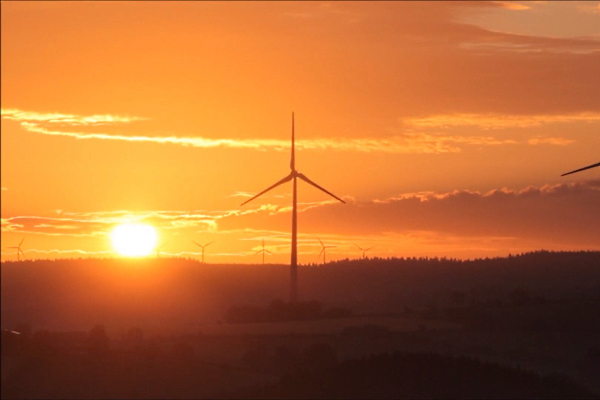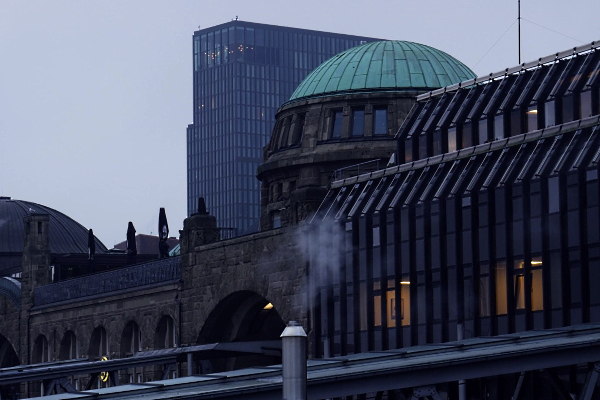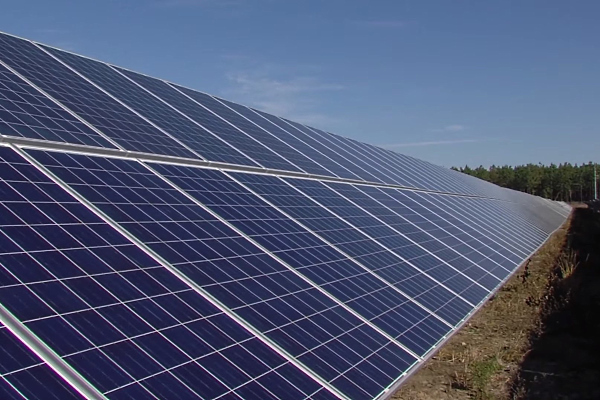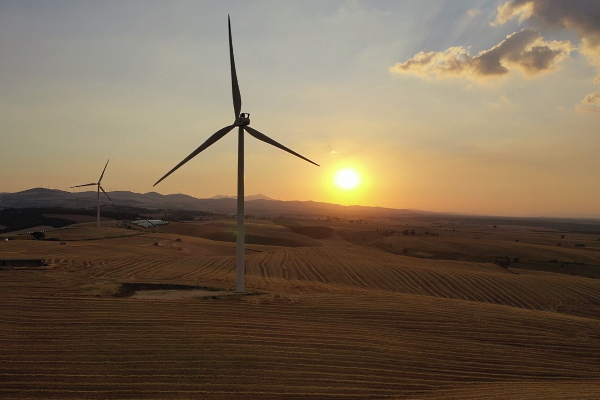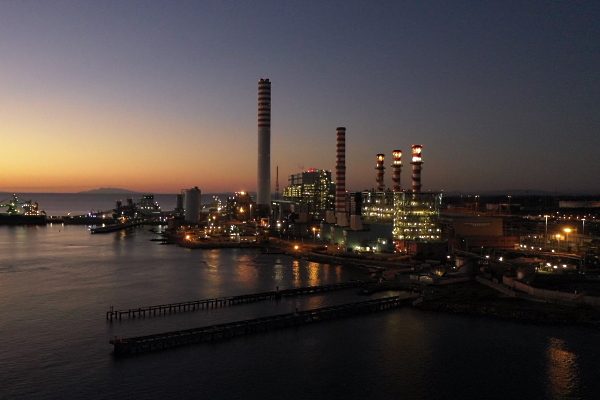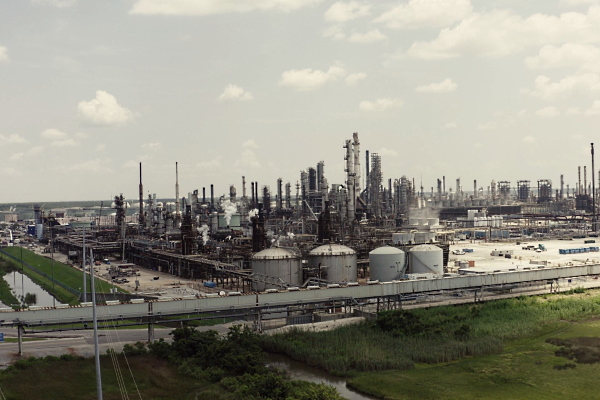To consider an application for financing, fill out the form and send it to us by e-mail along with the project brief, or contact our experts
However, the new list of energy projects of the European Commission contains three dozen projects related to natural gas, including liquefied natural gas (LNG) terminals.
The EU's plans are provoking protests among environmentalists, but the list of projects of common interest (PCI) in the energy sector released late last year suggests significant investments in oil and gas infrastructure.
Green energy and smart systems account for over 70% of projects, according to the European Commission.
This reflects the growing role of renewable energy in the European economy. On the other hand, the total number of gas projects has almost halved, accounting for 21% of the PCI list. This is in line with the current role of gas in the context of decarbonization.
The energy infrastructure projects, which receive EU funding, include new gas transmission networks and gas storage facilities.
According to environmental organizations, this list contains more gas projects instead of 32 officially announced.
As environmental organizations explain, the discrepancy in statistics may be due to the fact that the European Commission unites some projects in the official statistics. Perhaps the role of natural gas in the coming decades will be more significant than the European authorities expected.
Construction of LNG terminals for American gas
New gas projects include the construction of liquefied natural gas terminals in Greece, Poland and Cyprus, and environmentally controversial projects in Ireland and Croatia, where natural gas will be supplied from the United States.Bulgaria, Greece and other countries of the region have already expressed interest in the functioning of such projects, which, in the opinion of the leaders of the countries, are necessary to ensure energy security and create competitive conditions in the market.
The money for the implementation of energy projects, which the EU has granted PCI status, comes from the Connecting Europe Foundation (CEF).
This is a multi-billion dollar investment.
These projects clearly demonstrate Europe's energy priorities, including an official policy of expanding gas infrastructure during the 2020s.
Turkey becomes the second market for liquefied natural gas in Europe
The rapid development of liquefied natural gas infrastructure over the past year made Turkey the second largest market in Europe and the seventh in the world.Reducing its dependence on pipeline gas, in 2018 alone, Turkey imported 11.3 billion cubic meters of liquefied gas, which is 22.5% of the total imported 50.3 billion cubic meters of gas.
This trend, aimed at increasing the country's energy independence, has become possible thanks to the active construction and expansion of LNG terminals. According to the Turkish energy regulator, the model that Turkey has implemented in the natural gas distribution system can serve as an example for other countries.
Fossil fuel subsidies in Europe reach 55 billion euros per year
The construction of new LNG terminals is a long-term investment.It should be understood that the service life of the LNG terminal reaches 50 years.
If the European Commission and EU states continue to invest in natural gas infrastructure, they will have to make a number of commitments on fossil fuels over the next decades.
Back in the 2000s, Europe planned to end public funding for fossil fuel projects by 2025, but the reality has changed little. This can be explained by a number of objective internal and external factors, including insufficient maturity of green technologies.
According to a study by the EC, between 2014 and 2016, European countries subsidized fossil fuels an average of 55 billion euros per year.
Natural gas will be an indispensable fuel for the coming decades
Despite protests from supporters of renewable energy and environmental organizations, the European Commission defends the proposed list of projects. Noteworthy is the fact that the share of gas projects on the PCI list has decreased by 40% compared to the previous list amid global trends.In any case, Russian and American natural gas is vital to the European energy system. Although the EU authorities' attention is focused on the transition to green energy, there is still no real alternative to gas in many industries.
Gas is considered a transition fuel between coal power and renewable energy sources. Of course, this type of fossil fuel has several advantages. Gas is considered much cheaper and less polluting when generating electricity.
In addition, many EU countries already have a well-developed gas network that can be easily upgraded to transport biomethane and hydrogen in the future.
Natural gas can indeed be replaced in the coming decades with green hydrogen, which is produced by electrolysis. This is why the European Union plans to expand its gas infrastructure enough to provide energy supplies during this difficult transition period.
If all existing PCIs are implemented, the EU will soon have a well-interconnected and resilient gas network that is ready for the challenges of the future.
Global demand for liquified natural gas will double by 2040
According to Royal Dutch Shell's annual LNG Outlook, global liquefied natural gas (LNG) demand in 2019 increased 12.5% to 359 million tonnes.Experts say the demand for liquefied natural gas should double to 700 million tonnes by 2040, and natural gas will play a "growing role in shaping a low-carbon energy system."
Against this backdrop, LNG imports to China grew by 14% last year, while imports to Bangladesh, India and Pakistan reached 36 million tons, showing an increase of about 19%. The global liquefied natural gas market continues to grow even in 2020, despite the devastating coronavirus pandemic and economic slowdown.
Despite temporary market weakness due to warm winters and an uncertain quarantine situation, new steady growth in demand is expected around 2025.
According to the IEA, natural gas consumption increased by 4.6% in 2018, with 80% of growth since 2010 concentrated in the United States, China and the Middle East.
The "shale gas revolution" in the United States is in full swing.
The country's dry shale gas production exceeded 20.95 trillion cubic feet in 2018, according to the organization.
Chinese company to build $ 1 billion LNG terminal
Infrastructure development for LNG affects not only Europe.This trend is also observed in China, which is ahead of Japan and other countries in the region in terms of fuel consumption.
Chinese company Suntien Green Energy Co. Ltd, a wind power producer and natural gas pipeline distributor, plans to build a $ 1 billion LNG terminal by the end of 2022 if Beijing approves the project.
This little-known company, backed by the Hebei provincial government, joins a handful of Chinese companies that are not on the list of dominant state-owned giants but are actively building and operating LNG terminals today.
China is the second largest consumer of liquefied natural gas in the world, so projects of this kind are in great demand.
The company will initially invest 8 billion yuan ($ 1.15 billion) in the terminal during the first phase of construction. By the end of the year, the facility will be able to handle up to 5 million tons of LNG per year.
If all goes according to plan, in 2022 the project will include eight tanks of 200,000 cubic meters each, as well as a port where LNG tankers will be unloaded with the ability to handle gas up to 266,000 cubic meters.
In the future, the terminal's capacity is planned to be increased to 12 million tons per year. Suntien plans to finance this energy project through its equity capital and loans from financial institutions.
Why did a company that specializes in wind energy decide to invest heavily in an LNG terminal?
The move will support the less promising wind power business, which is now facing overcapacity and cutting government subsidies in China, experts say.
Suntien currently operates 4,140 km of pipelines in Hebei, China's strongest steel province, covering 20% of demand and supplying gas primarily from the major gas producer PetroChina.
Technical and economic aspects of using liquefied natural gas
Natural gas has become widespread in everyday life and industry and plays a leading role as a source of energy throughout the world.It consists mainly of methane fractions and successfully replaces liquid and solid fuels, providing easier energy supply in hard-to-reach places through the construction of gas pipelines with the highest reliability during transportation.
When natural gas is cooled to -162 ° C at atmospheric pressure, it liquefies by condensation. The resulting product is known as liquefied natural gas (LNG).
An important feature of this transformation is the achievement of maximum values of gas purity due to the separation of fractions remaining after its initial purification, such as dust, water, helium, heavy hydrocarbons and other gases.
According to the US Energy Information Administration, the volume of liquid natural gas is 600 times less than its gaseous form. Accordingly, liquefied natural gas is extremely beneficial in terms of transportation.
One of the goals of the global use of liquefied natural gas is to protect the air, which is one of the main environmental priorities around the world.
Although LNG is a fossil fuel, the International Energy Agency (IEA) believes that burning LNG for energy results in less harmful emissions of almost all types of air pollutants and carbon dioxide compared to burning coal and oil to produce the same amount of energy.
In 2019, the IEA announced that the switch from coal to gas has cut global carbon dioxide production by 500 million tonnes since 2010.
Despite the relatively expensive methods of producing liquefied gas in the past, the development of technology reduces the cost of liquefaction and regasification. Thanks to convenient transportation, liquefaction can be used in such fields where it is economically unprofitable to build a gas pipeline.
For an LNG terminal to be economically viable, it needs to have enough natural gas to ensure a continuous supply of at least 18-20 years. Otherwise, the investment project will be impractical, since it is necessary to serve the facility and to carry out repairs and maintenance.
Our company offers comprehensive services in the design, construction, modernization, repair and operation of LNG plants and regasification terminals in Europe and beyond.
We will be happy to answer your questions and provide advice at any stage of the project.



